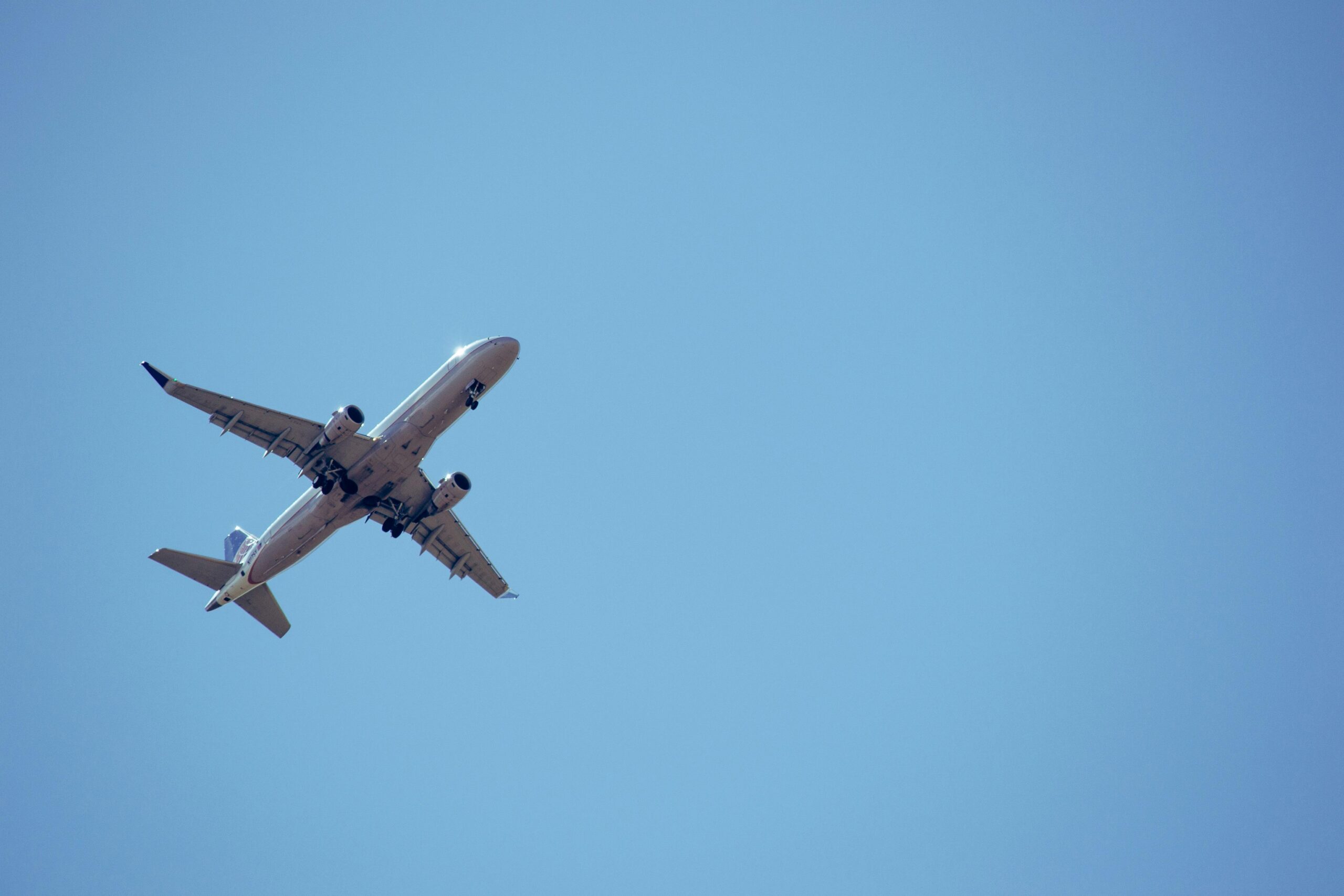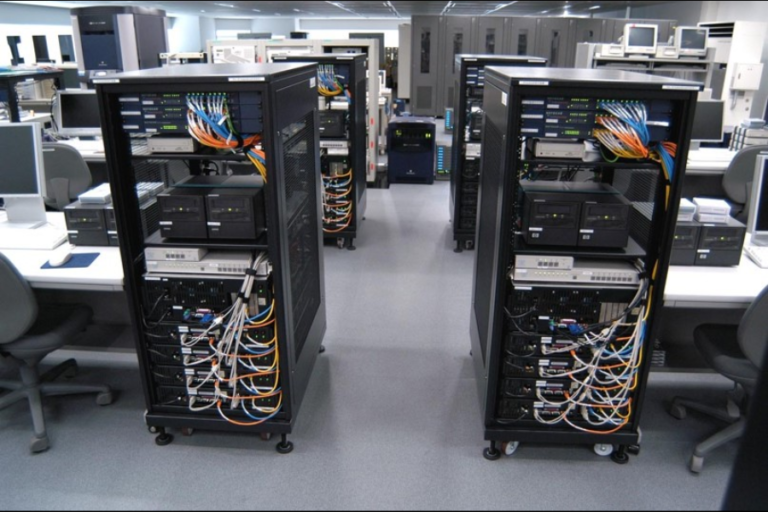Why Aircraft Protection Covers Are Essential for Ground Safety
Aircraft are sophisticated and extremely precious assets that require attentive care and maintenance. A major component of aviation management is ground safety, which refers to the protection of these aircraft during non-operation. Aviation operations depend on ground safety, hence knowledge of the function of protective covers is crucial to keep aircraft in the best shape.
Protection Against Environmental Hazards
Aircraft on the ground face a variety of environmental conditions that might threaten their structural integrity and performance. Sensitive components can get dust, grime, and trash accumulated on them which might cause damage or malfunction. Extreme weather events, including heavy rain, snow, or direct sunlight can cause corrosion, fading, or warping of materials. Use high-quality aircraft covers that protects your aircraft from these external influences and do not affect the aircraft’s condition by providing a safe barrier. This layer of protection greatly lowers the need for regular maintenance, cleaning, and repairs, therefore extending the aircraft’s lifetime.
Prevention of Mechanical Damage
The ground environment of an airport or hangar is buzzing with activity involving a variety of vehicles, equipment, and personnel. This dynamic environment raises the possibility of aircraft unintentional bumps, scrapes, or impacts. As a cushion, protective covers absorb little collisions and stop direct contact with the surface of the aircraft. This extra degree of security preserves the aircraft’s operational and aesthetic integrity as well as helping prevent expensive repairs. These coverings also protect important parts, such as sensors and engines, from unintended interference, so they stay in the best operating order.
Preservation of Aerodynamic Efficiency
Aerodynamic design is critical to an aircraft’s flight performance. Any surface distortion or flaw can influence its aerodynamic efficiency, therefore influencing fuel consumption and operating efficacy. Ground activities expose these finely calibrated surfaces to physical damage and pollutants, therefore compromising them. Maintaining the smoothness and integrity of these surfaces depends much on aircraft protection covers. These covers guarantee that the aerodynamic characteristics remain maintained by keeping the aircraft clean and free from trash, therefore immediately improving flying performance.
Shielding Against UV Radiation
Extended UV radiation can have negative effects on an aircraft’s interior and outside. UV rays cause paint to fade and degrade, therefore producing a worn-out look and can be structural flaws. When sunlight streams through windows, interior elements such as chairs, controls, and electronic displays which are sensitive to UV damage also suffer. Designed to block UV rays, airplane protection covers help to preserve the aircraft’s interior as well as its exterior. This preservation guarantees that the aircraft stays aesthetically pleasing and structurally sound, therefore lowering the frequency of interior renovations and repainting.
Mitigation of Moisture-Related Risks
Moisture poses a constant hazard to aircraft stored on the ground, causing corrosion, rust, and mildew formation. Metal and composite material components most prone to the detrimental effects of moisture are coated for airplanes, creating a water-resistant barrier that keeps moisture out of crucial parts. Breathable materials used in advanced covers let trapped moisture escape while keeping outside water at a distance. This twin purpose guarantees that the aircraft stays dry and covered even during extended storage times or bad weather.
Enhanced Security and Privacy
Ground-based aircraft are frequently subjected to unwanted access and modification. By hiding the interior and crucial parts of the aircraft from view, protective covers provide still another level of security. This deters possible theft and vandalism, therefore guaranteeing the aircraft stays safe even when it is unoccupied. Moreover, these covers give seclusion, particularly for luxury or highly publicly flown aircraft. Protective covers maintain the confidentiality and exclusivity connected with private aircraft by shielding the inside from curious hands.
Conclusion
Aircraft protection covers play a very important function in maintaining ground safety. From protecting against environmental threats to maintaining aerodynamic efficiency, these covers give a complete defense for aircraft during non-operation. Their capacity to stop mechanical damage, lower moisture risks, and block UV radiation increases aircraft performance and lifetime. Moreover, they support security, privacy, economy, and sustainable practices, so they are a necessary purchase for those working in the aviation industry. These covers guarantee that aircraft stay in the best condition, ready to fly by providing a dependable answer to ground safety issues. The value of excellent airplane covers cannot be underlined, whether military, commercial, or private flying.
Stay in touch to get more updates & news on Ny Heading!





